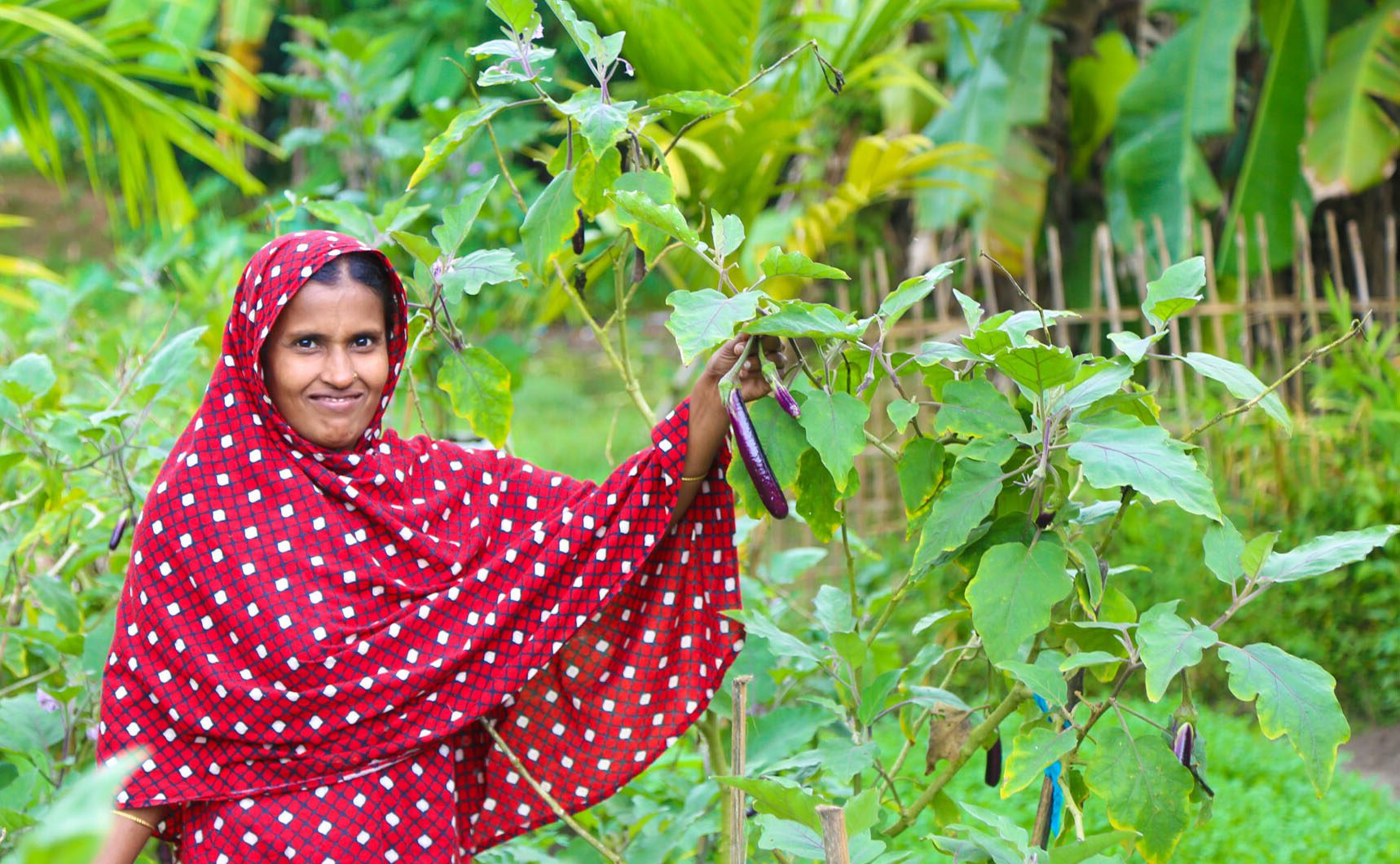New parents strive to make their next meal more accessible
Relying on day-to-day income has never been comfortable for Nirmala and Laxman Basnet. The couple, from a remote village in Nepal’s mountainous Bhojpur District, earns roughly $7 US per day – not enough to afford the steeply rising prices of daily necessities. And now with a newborn son, the couple is anxious.

Only a few months earlier, their income was still enough to get by, recalls Laxman – but just barely.
With rising costs fueled by conflicts like the war in Ukraine, climate crises and the lingering impact of COVID-19, feeding themselves and their baby is even more challenging.
“Now, it is difficult to buy even one liter of oil,” he laments.
As a new mother, Nirmala is aware of the importance of consuming a nutrient-dense diet during her son’s first 1,000 days of life, but there is never enough of the right foods.
‘I feel frail’
“This morning, I ate only rice and Gundruk soup” (made from fermented leafy vegetables), she admits. “Post-delivery, I feel frail.”
For the past four months, the couple hasn’t consumed any meat or eggs because their prices have almost doubled. In the not-so distant past, 20 kilograms of rice cost $9.30 US, but now it costs nearly $15 – about two days’ pay for the family.
If the price keeps on rising, we will have to live as scavengers. What other option do we have?
Nirmala Basnet
“If the price keeps on rising, we will have to live as scavengers. What other option do we have?” Nirmala asks, cradling her two-week-old son.
As the challenges presented by COVID-19, climate change, and war in Ukraine endure, increased inflation and decreased access to healthy foods continue wreaking havoc on poor and low-income households like Laxman and Nirmala’s.
The little money the couple saved paid for their son’s delivery. The only food left in their pantry is enough rice to last 11 days. With all the uncertainty, they wonder, “What will happen to my child?”
Confronting hunger
Globally, as many as 828 million people go to bed hungry every night. The Ukrainian crisis caused prices to spike for basic necessities like fuel and fertilizers. Growing food insecurity poses a massive threat to children, as well as pregnant and lactating women, especially those with limited access to nutritious, safe, affordable diets.

Women like Nirmala are overcoming these challenges with new skills that support healthier, more accessible food choices. With guidance from Helen Keller Intl, Nirmala is learning the importance of breastfeeding her child until six months of age, linking with women’s self-help groups so she can learn from others, and receiving seed packets and knowledge, building skills to grow nutritious vegetables in her kitchen garden.
Empowering solutions
In Nepal, two-thirds of the population is engaged in agriculture, mostly for subsistence, yet the nation imports billions worth of grains from other nations. To reverse this trend, women farmers are broadening their access to, and consumption of, diverse, nutrient-rich foods, thanks to a partnership between USAID and Helen Keller Intl called Suaahara – “good nutrition” in Nepali.
Women are empowered with essential education and tools, helping them to provide garden-to-table meals to their families year-round. This includes climate-smart techniques like drip irrigation, mini-greenhouses, and optimal mulching and compost practices. By growing their own foods and making their gardens more resistant to climate crises, women are able to support their families with healthy while reducing their dependence on volatile markets.

With growing numbers of children suffering from malnutrition and wasting, approaches like these have never been more timely. You can be part of the solution.









